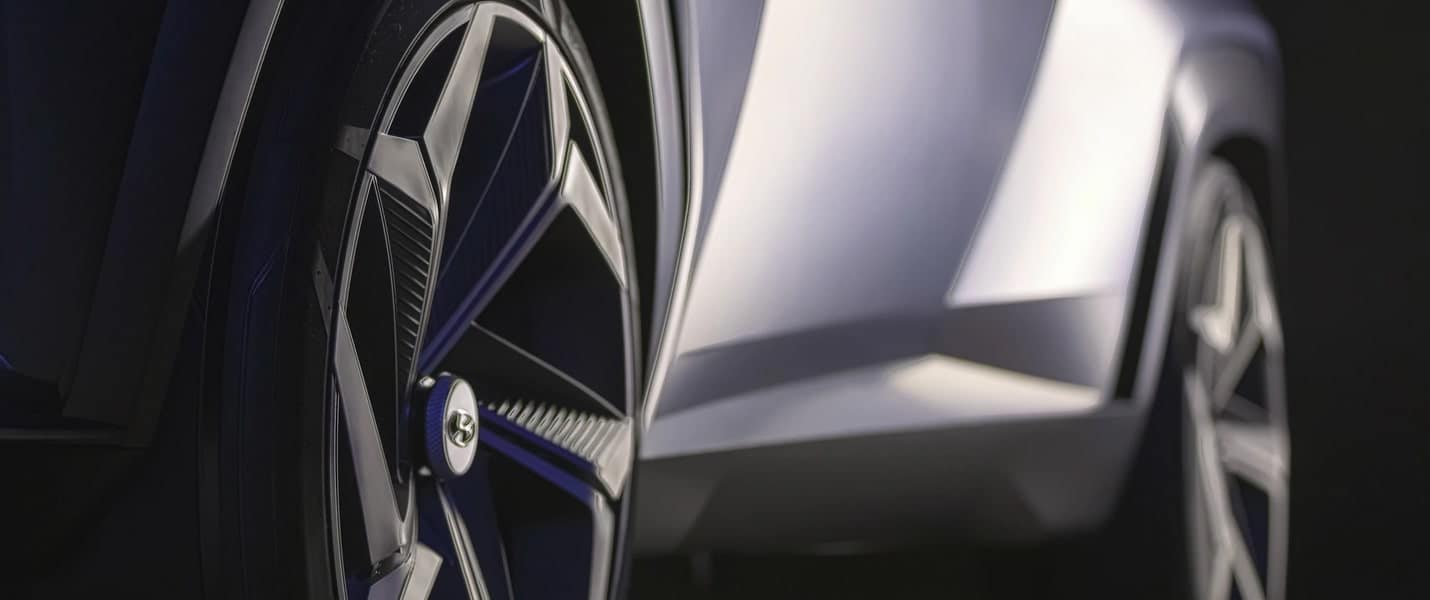Sample text

From Scrap Metal to Artwork: A Complete Record of a Foreign Forged Wheel Hub Factory
This document provides a comprehensive overview of the manufacturing process at a forged wheel hub factory, tracing the remarkable transformation from raw scrap metal to precision automotive artwork. The following sections detail each stage of production, quality control measures, and the final product’s characteristics.
Raw Material Acquisition
- Scrap Metal Sourcing
- Primary sources: Automotive industry waste, manufacturing offcuts, and recycled aluminum alloys
- Material composition: Typically 6061 or 7075 aluminum alloys for optimal strength-to-weight ratio
- Quality assessment: Spectrometer analysis to verify alloy composition before acceptance
Manufacturing Process
Stage 1: Melting and Purification
- Scrap metal is loaded into a gas-fired rotary furnace (temperatures reaching 750°C/1382°F)
- Degassing process removes hydrogen and impurities
- Alloying elements added as needed to achieve precise chemical composition
- Molten aluminum transferred to holding furnace for temperature stabilization
Stage 2: Forging Process
- Billet Preparation
- Continuous casting creates cylindrical billets
- Billets cut to required weights (typically 25-50kg depending on wheel size)
- Hot Forging
- Billets heated to 450-480°C (842-896°F)
- 8,000-12,000 ton forging press shapes the heated billet into rough wheel form
- Multi-stage forging ensures proper grain structure alignment
Stage 3: Heat Treatment
- Solution heat treatment at 530°C (986°F) followed by rapid quenching
- Artificial aging at 160-180°C (320-356°F) for 8-12 hours
- Achieves T6 temper for optimal mechanical properties
Stage 4: Machining
- CNC Rough Machining
- 5-axis CNC machines remove excess material
- Creates basic wheel profile and mounting surfaces
- Precision Finishing
- High-speed machining achieves final dimensions
- Surface finish of 1.6μm Ra or better
- Bolt hole pattern machining with ±0.02mm tolerance

Stage 5: Surface Treatment
- Pre-Treatment
- Chemical cleaning and etching
- Conversion coating for paint adhesion
- Finishing Options
- Powder coating (standard)
- Liquid paint (premium)
- Polished and clear coated (high-end)
- Custom multi-stage finishes available
Quality Control
- Material Testing
- Spectroscopic chemical analysis
- Tensile and impact testing samples from each batch
- Dimensional Verification
- CMM (Coordinate Measuring Machine) inspection
- Runout testing (<0.3mm total indicated runout)
- Non-Destructive Testing
- X-ray inspection for internal defects
- Penetrant testing for surface cracks
- 100% pressure testing (simulates tire mounting)
Final Product Specifications
- Weight: 30-50% lighter than cast equivalents
- Strength: 25-30% stronger than cast wheels
- Sizes: 15″ to 24″ diameters
- Load ratings: 600-1,200kg per wheel
- Certifications: JWL, VIA, TÜV standards compliance
Environmental Considerations
- 95% of aluminum scrap recycled in-house
- Closed-loop water cooling systems
- Heat recovery from furnaces
- Powder coating overspray collection and reuse
Conclusion
The forged wheel manufacturing process represents a perfect marriage of metallurgical science and precision engineering, transforming discarded scrap metal into high-performance automotive components that combine strength, lightness, and aesthetic appeal.







